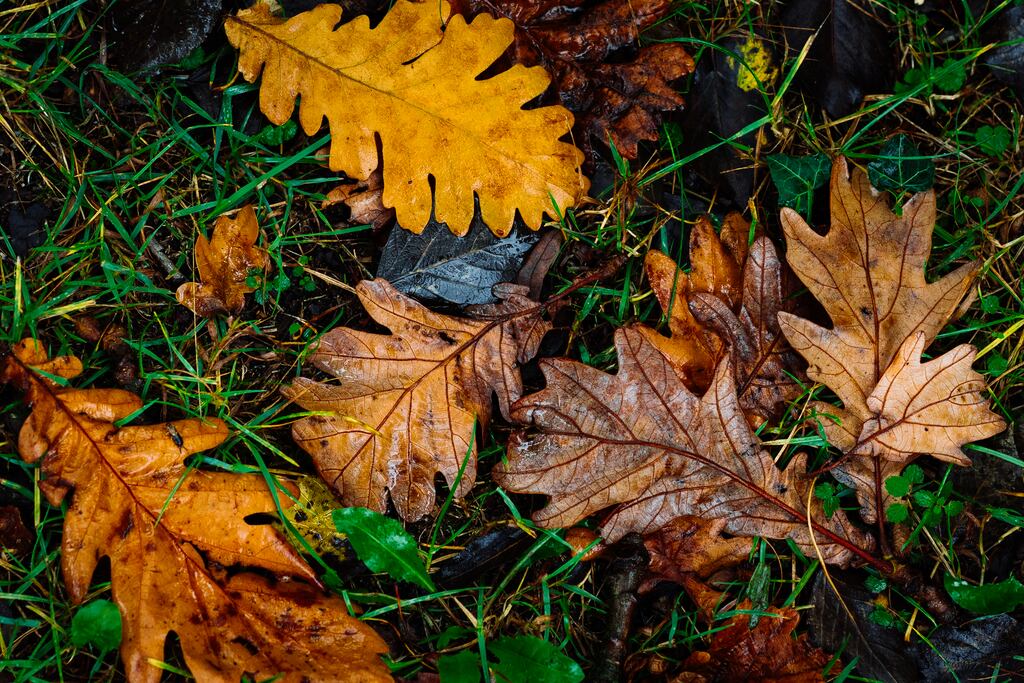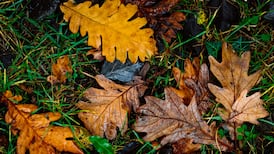If you’re a determinedly tidy-minded gardener, then look away now, for this week’s column is an unapologetic ode to messiness, or at least to taking an intentionally laissez-faire approach to those once-traditional autumnal chores such as raking up leaves and cutting back perennials.
For those of us who grew up in a world where the great big autumn tidy-up was considered the mark of a proper gardener, this might sound like sacrilege. A neat winter garden sheared of all its faded summer glory was, until relatively recently, considered the equivalent of a short back and sides; eminently practical, efficient, and the very best way to change horticultural gears after all the abundance of summer. But as climate change threatens, and our understanding of soil health and the role that gardens play as wildlife habitats grows, times have changed.
The result is that leaving faded flower stems to overwinter and fallen leaves to rot down is no longer disapproved of by the majority of gardeners. Instead, it’s seen as a practical, pain-free, eminently nature-friendly and decorative way to support biodiversity, providing food and shelter for garden wildlife when it’s most needed. For example, the ripe seed heads of many different kinds of popular garden plants, such as varieties of echinacea, eryngium, rudbeckia, helianthus, phlomis, aster, teasel and sedum can act as a nutritious, oil-rich winter larder for visiting garden birds.
Many of these faded flowers also perform a valuable ornamental role in the winter garden, their structural seed heads offering a range of interesting textures and shapes from the architectural, starry umbels of Allium cristophii and the feathery faded flower plumes of hakonechloa to the spiny, egg-shaped bracts of teasels and the sculptural seedpods of nigella.
READ MORE
[ Spring bulbs that will flower year after year in Irish gardensOpens in new window ]
Similarly, when left uncut rather than pruned to the ground, the hollow or pithy plant stems of species such as allium, fennel, monarda, angelica, raspberry, cirsium, eupatorium, delphinium and silphium provide valuable microhabitats for garden insects such as ladybirds, solitary bees, wasps, moths, spiders and beetles to overwinter.
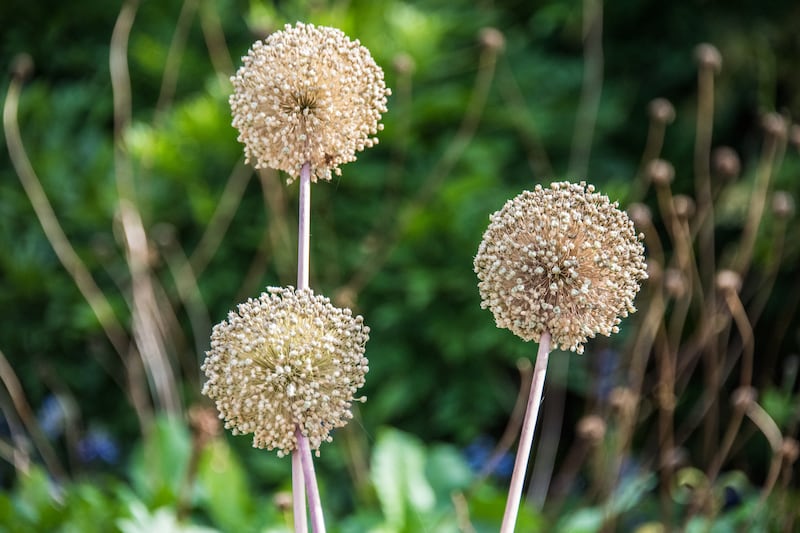
In the same way, it’s now understood that the fallen leaves of herbaceous and deciduous species are much better left on the ground where they’ll nourish soil health, protect against extremes of winter weather, and offer precious shelter and/or food to a wide range of garden wildlife from butterflies, bees and beetles to hedgehogs, earthworms and millipedes. Left as a light layer on lawns, they’ll do no damage, and in fact help to support a healthy green sward by providing valuable organic matter and vital nutrients while simultaneously protecting the grass from harsh frosts and winter deluges. Heavier layers of fallen leaves can simply be spread out across the lawn where earthworms will gradually pull them underground, or used as a nutritious organic mulch for any nearby flower beds, shrubs or vegetable beds where they’ll help to suppress weeds and build soil health.
The only exception is fallen leaves on hard surfaces such as patios and steps. For reasons of safety, these are best collected and then either used as above or bagged to make leaf mould, a brilliant soil amendment that helps boost growth and plant health.
Even the discarded prunings of woody shrubs can offer a valuable overwintering habitat for garden wildlife if left as an undisturbed pile of brushwood in a quiet corner of the garden (for example, behind the garden shed). Acting as a safe haven for hibernating hedgehogs, frogs, newts and many kinds of garden invertebrates including ladybirds, lacewings and wasps as well for native bird species such as wrens, robins and blackbirds, this is one of the simplest ways to help nurture garden wildlife through the coldest, darkest months of the year.
But if the thought of leaving the plants in your garden or allotment entirely untouched throughout winter feels like just a messy step too far, or you need to clear away faded flowers and stems to make space for planting spring-flowering bulbs, then consider instead using the technique known as “chop and drop”. In this case, the faded flowers and dead stems of plants are cut down but rather than being tidied away to the compost heap, they’re left on the ground as an organic mulch to replace lost nutrients and help protect soil structure. Tidy-minded gardeners using this technique often like to leave the outer margin of the flower border or vegetable bed – typically a thin strip no more than 60cm wide – deliberately uncovered, an easy way of making it crystal-clear to potential critics that there’s definite method to such “madness”.
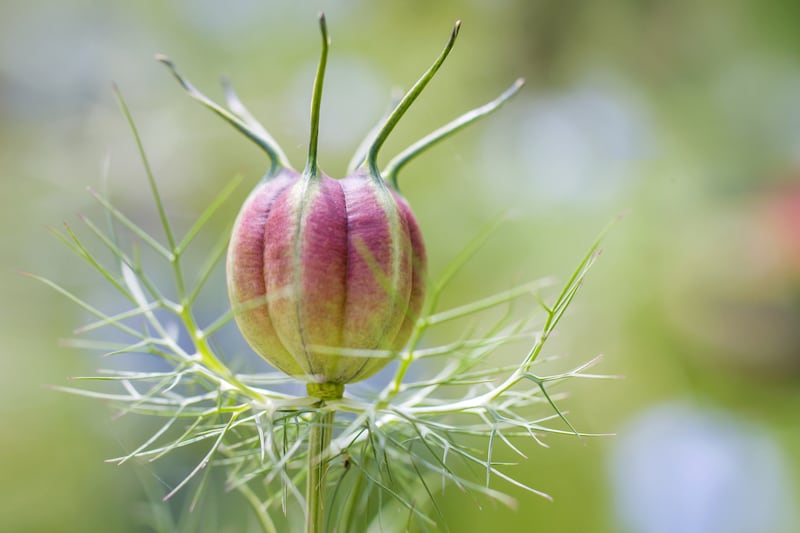
While “chop and drop” is best done in early spring for the reasons outlined above, it’s a good compromise for those who can’t bear to look at an “untidy” winter garden. Just avoid chopping up the pruned material too finely, which would defeat the purpose of it acting as shelter and food for garden wildlife over the winter months. To make the process easier, use a sharp, good-quality hand sickle or hand scythe (stockists include Cork-based fruithillfarm.com).
This method of mulching isn’t just great for wildlife. While it can be combined with more conventional organic mulches such as well-rotted manure or commercially-produced mulches, it can also dramatically reduce the cost and hard labour associated with using those mulches. Another plus is that it avoids the potential risk of accidentally importing troublesome weeds when bringing in farmyard manure or topsoil (a not uncommon way for the stubborn root systems of bindweed, horsetail and Japanese knotweed to stealthily make their way into gardens). Best of all, much like home-made garden compost it’s the horticultural equivalent of the circular economy, resulting in zero or minimal waste. And of course, if you do it in early spring rather than in early winter – just saying – then it’s about as nature-friendly as it gets.
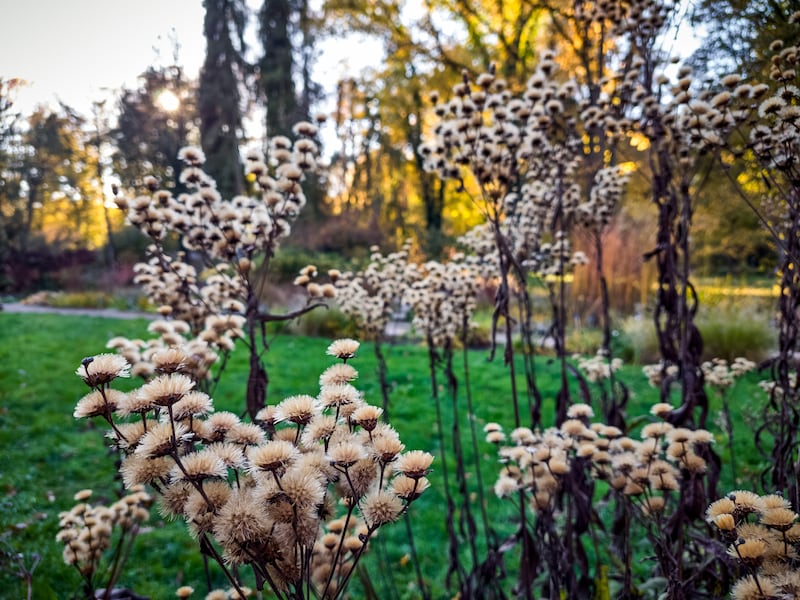
This week in the garden
Collect garden tools and store them undercover in a dry shed or garage to protect them from winter damage. Use a stiff brush or old cloth to clean spades, shovels, rakes and forks, spray WD40 or rub camellia oil to clean rusty blades and rub some linseed oil into wooden handles to lubricate and protect from shrinkage.
Early November is an excellent time to plant roses, making sure to give these shrubby plants a deep, fertile, weed-free soil and typically a sheltered position in full sun. Recommended stockists include Altamont Plants in Co Carlow which carries an extensive collection including many hard-to-get heritage varieties. See altamontplants.com.
Dates for your diary
Le Chéile: An Evening of Creative Conversation with the botanical artist Jane Stark and Edel Lukács of Daróg Monday November 24th (7–9pm), Daróg Wine Bar, 56 Lower Dominick Street, Galway. Part of Jane Stark’s exhibition All in the Detail which runs until Monday, January 5th. Admission to the talk (€20) includes wine-tastings and 10 per cent off any artwork purchased on the night, pre-booking recommended, see darogwinebar.com
